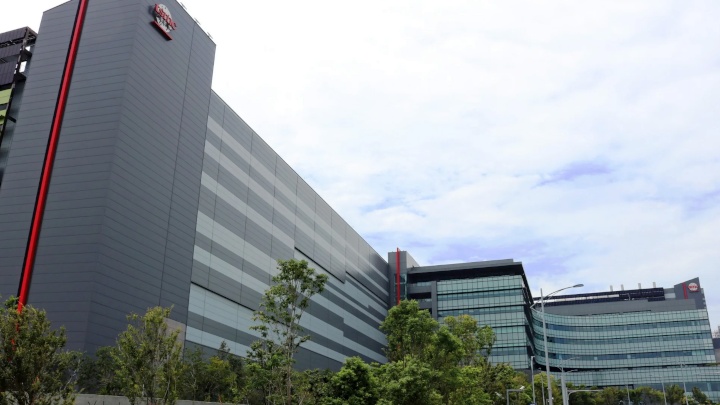GPU and Console Shortages Could be Exacerbated by Water Shortage
Taiwan is facing a drought. The problem could affect TSMC's microchip factories located there, which use a lot of water in the production of chips for Apple, Nvidia, Intel and AMD, among others.

- Production of silicon wafers from which the microchips are cut requires sizable amounts of water;
- The factories of one of the largest microchip manufacturers TSMC are located in Taiwan;
- Taiwan is currently battling a drought.
Unfortunately, this could be bad news for anyone waiting for shipments of Nvidia and AMD graphics cards and PS5 and Xbox Series X/S consoles. Taiwan, where TSMC factories are located (the leading chipmaker supplying Apple, Intel and the aforementioned companies), is struggling with lack of water. And this raw material, in large quantities, is used in the production of silicon wafers, from which microcircuits are cut. The current demand for it is very high, hence such news is very worrying. Water shortages in Taiwan can directly affect the supply of electronic equipment.
The drought that has affected the country is being blamed on the lack of typhoons last season. Less rainfall is creating problems primarily for agriculture, but as you can see many other industries as well. In the Tainan region, where TSMC's gigafactories are located, an orange alert has been issued. In the Water Resources Agency's (WRA) four-color warning system, this is the penultimate level, before the catastrophic red. According to FocusTajwan, the microchip factories may have to resort to extra water deliveries by trucks.

This could happen because orange emergency level also marks the beginning of water rationing. There may even be periodic interruptions in supply. TSMC has had to put in place its own water restriction plans, which is manifested by the use of alternative water distribution methods such as tankers. These have been provided through a partnership with Vanguard International Semiconductor Corporation and UMC. They will be used in the event of a red alert. The first tests of this emergency water supply system have already been performed, but there is no information of results.
Are these measures sufficient? According to some sources, the production of a single silicon wafer (8-inch) consumes a few thousand liters of pure water (called UPW - Ultra-Pure Water), and one truck can hold 20 thousand liters. TSMC will have to pay extra for the water delivered in this way, about $1000 per tanker volume. Needless to say, this may affect the production costs and the price of chips in case of level red.
0

Author: Arkadiusz Strzala
His adventure in writing began with his own blog and contributing to one of the early forums (in the olden days of Wireless Application Protocol). An electrical engineer by profession, he has a passion for technology, constructing and, of course, playing computer games. He has been a newsman and writer for Gamepressure since April 2020. He specializes in energy and space tech. However, he does not shy away from more relaxed matters every now and then. He loves watching science-fiction movies and car channels on YouTube. He mainly plays on the PC, although he has modest console experience too. He prefers real-time strategies, FPS and all sorts of simulators.
Latest News
- End of remote work and 60 hours a week. Demo of Naughty Dog's new game was born amid a crunch atmosphere
- She's the new Lara Croft, but she still lives in fear. Trauma after Perfect Dark changed the actress' approach to the industry
- „A lot has become lost in translation.” Swen Vincke suggests that the scandal surrounding Divinity is a big misunderstanding
- Stuck in development limbo for years, ARK 2 is now planned for 2028
- Few people know about it, but it's an RPG mixing Dark Souls and NieR that has received excellent reviews on Steam, and its first DLC will be released soon

